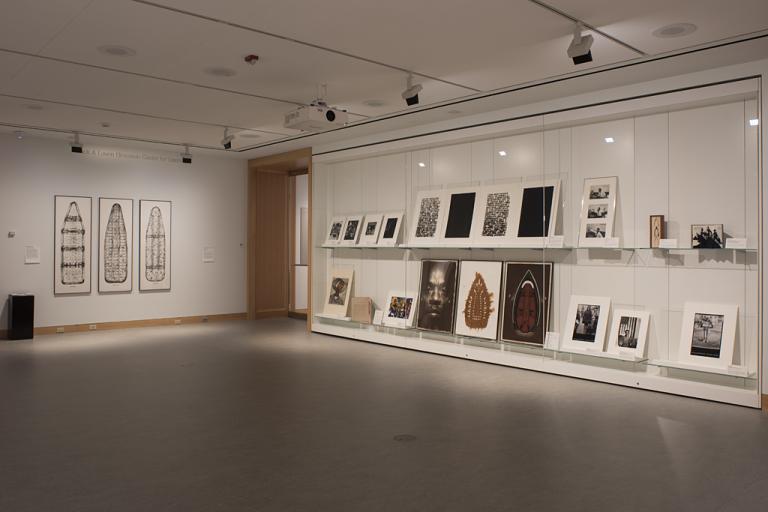Freedom, a Fable: A Curious Interpretation of the Wit of a Negress in Troubled Times, Kara Walker
Artwork Overview

Kara Walker, artist
born 1969
Freedom, a Fable: A Curious Interpretation of the Wit of a Negress in Troubled Times,
1997
Where object was made: United States
Material/technique: offset lithography; laser-cut pop-up silhouettes
Dimensions:
Sheet/Paper Dimensions (Height x Width): 235 x 210 mm
Sheet/Paper Dimensions (Height x Width): 9 1/4 x 8 1/4 in
Sheet/Paper Dimensions (Height x Width): 235 x 210 mm
Sheet/Paper Dimensions (Height x Width): 9 1/4 x 8 1/4 in
Credit line: Gift of the Peter Norton Family
Accession number: 1997.0396
Not on display
If you wish to reproduce this image, please submit an image request





